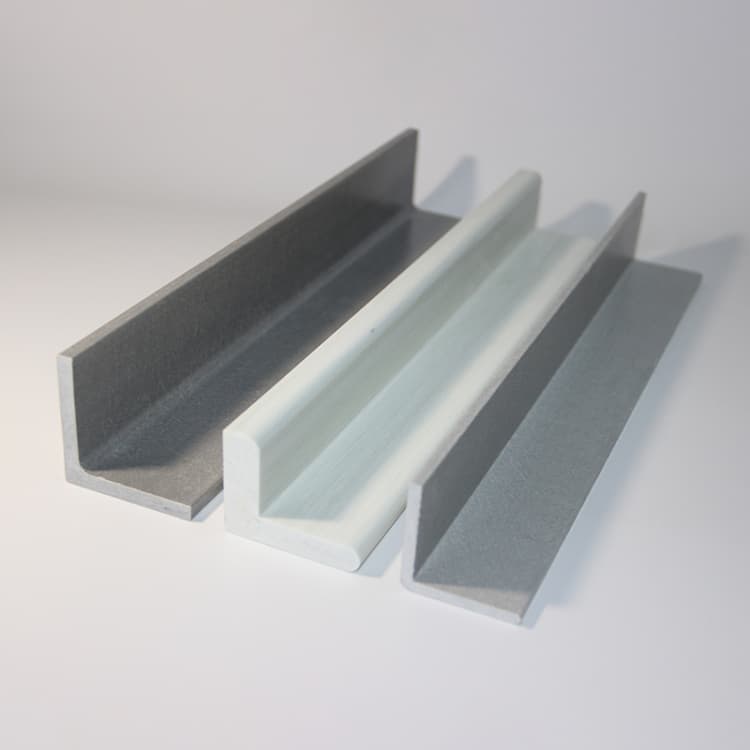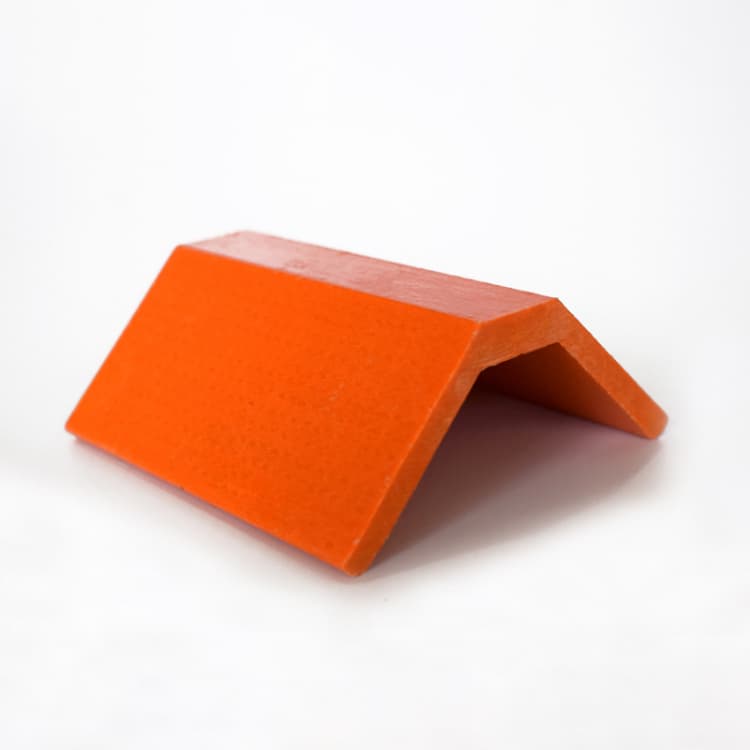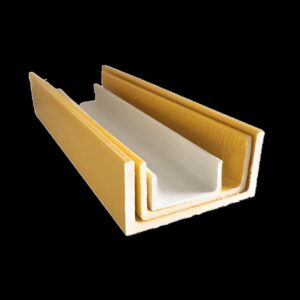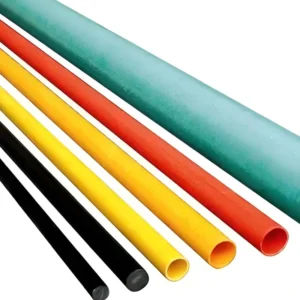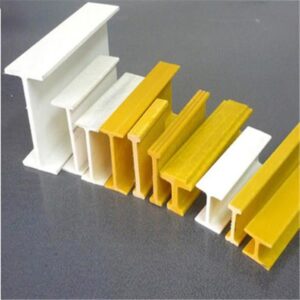Detailed Product Description
FRP Angle Bars are manufactured using the pultrusion process, which ensures consistent quality and dimensional accuracy. They combine the strength of fiberglass with the durability of thermosetting resin, resulting in profiles that withstand harsh environments such as chemical exposure, moisture, and extreme temperatures.
Unlike steel, FRP angles will not rust, warp, or corrode, making them a long-lasting solution for demanding structural applications. With excellent load-bearing capacity and ease of installation, fiberglass angles are commonly used in walkways, platforms, frames, and support structures.
Product Data & Technical Documents
Download datasheets, chemical resistance charts, test reports and cutting templates.
Technical Specifications
General Properties
Material: Fiberglass reinforced polymer (FRP / GRP)
Resin Options: Polyester, Vinyl Ester, Epoxy
Shape: Equal Angle, Unequal Angle
Surface: Smooth, Gritted, or Customized
Mechanical & Physical Properties
Tensile Strength: 200 – 350 MPa
Flexural Strength: 150 – 300 MPa
Density: 1.8 – 2.0 g/cm³
Electrical Insulation: Non-conductive
Corrosion Resistance: Excellent against acids, alkalis, and saltwater
Standard Sizes (Example)
Equal Angle: 25×25 mm up to 100×100 mm
Thickness: 3 mm – 10 mm
Length: Standard 6 m (customized available)

Applications of FRP Angle Bars
Construction and Infrastructure
Support frames, handrails, staircases, and platforms
Structural reinforcement in buildings and bridges
Industrial and Chemical Plants
Corrosion-resistant supports for pipelines and tanks
Equipment frames in chemical processing facilities
Marine and Offshore
Ship structures, docks, and walkways
Saltwater-resistant framing components
Electrical and Utility
Non-conductive support structures for electrical equipment
Utility pole crossarms and cable trays

Key Advantages of FRP Angle Bars
Corrosion Resistant – Performs well in acidic, alkaline, and saltwater environments
Lightweight yet Strong – Easy to transport and install without heavy machinery
Non-Conductive – Provides electrical and thermal insulation for safety
Maintenance-Free – No need for painting or anti-rust treatment
Long Service Life – Durable and cost-effective compared to steel or aluminum
Customizable – Available in various resin types, sizes, and surface finishes
FAQ – Frequently Asked Questions
Q1: What is the difference between FRP Angle Bar and steel angle?
A: FRP Angle Bars are much lighter, corrosion-resistant, and non-conductive, whereas steel angles are heavier, conductive, and prone to rust.
Q2: Can FRP Angles replace steel in structural applications?
A: Yes, in many cases FRP Angles are used as a direct replacement for steel, especially where corrosion resistance and lightweight properties are required.
Q3: Are FRP Angle Bars suitable for outdoor use?
A: Absolutely. Their UV and weather resistance make them ideal for outdoor construction, marine, and utility applications.
Q4: What surface options are available?
A: FRP Angles can be produced with smooth or gritted surfaces for enhanced slip resistance, depending on the application.
Q5: Can sizes and thickness be customized?
A: Yes. We offer tailored dimensions, thicknesses, and colors to meet project-specific requirements.


